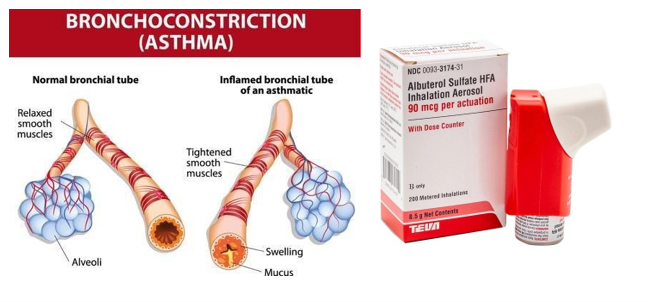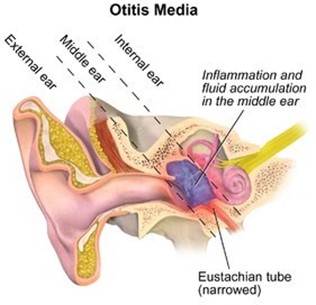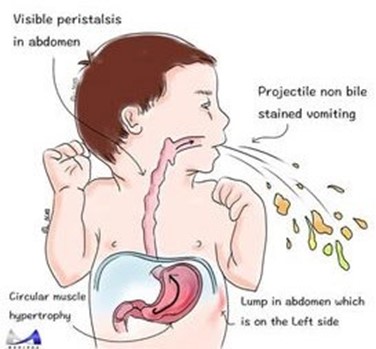A 6-year-old boy with bronchial asthma takes the beta-adrenergic agonist agent albuterol. The child's mother tells the nurse that she uses this medication to open his son's airway when he is having trouble breathing.
What is the nurse's best response?
Advise the mother that overuse of the drug may cause chronic bronchitis.
Assure the mother that she is using the medication correctly.
Confirm that the medication helps to reduce airway inflammation.
Recommend that the mother bring the child in for immediate evaluation.
The Correct Answer is B
Albuterol is a beta-adrenergic agonist agent that is used to open the airways in people with bronchial asthma. The mother's use of this medication to open her son's airway when he is having trouble breathing is appropriate. Overuse of the drug may cause side effects, but it does not cause chronic bronchitis (A)
Albuterol helps to relax the muscles in the airways, but it does not reduce airway inflammation (C)There is no indication that the child needs immediate evaluation (D)

Nursing Test Bank
Naxlex Comprehensive Predictor Exams
Related Questions
Correct Answer is A
Explanation
To prevent recurrence of otitis media in their infant. Exposure to secondhand smoke has been identified as a risk factor for recurrent otitis media.
B. While it is important to monitor the infant's ears for signs of infection, daily inspection alone is not sufficient to prevent recurrence of otitis media.
C. The prone position after feeding is not recommended for infants due to the risk of choking and aspiration, and it is not a preventive measure for otitis media.
D. While breastfeeding is associated with a reduced risk of otitis media, frequent breastfeeding alone is not sufficient to prevent recurrence of the condition.

Correct Answer is C
Explanation
In a 5-week-old infant presenting with a history of projectile vomiting after feedings, the nurse should expect to assess an olive-size mass in the epigastric area. This finding is consistent with pyloric stenosis, a condition in which the muscle at the bottom of the stomach that controls the flow of food into the small intestine becomes thickened and narrowed.
Rebound tenderness in the left lower abdominal quadrant, stool that consists of mucus and blood, and frequent burping accompanied by poor feeding are not typically associated with pyloric stenosis.

Whether you are a student looking to ace your exams or a practicing nurse seeking to enhance your expertise , our nursing education contents will empower you with the confidence and competence to make a difference in the lives of patients and become a respected leader in the healthcare field.
Visit Naxlex, invest in your future and unlock endless possibilities with our unparalleled nursing education contents today
Report Wrong Answer on the Current Question
Do you disagree with the answer? If yes, what is your expected answer? Explain.
Kindly be descriptive with the issue you are facing.
